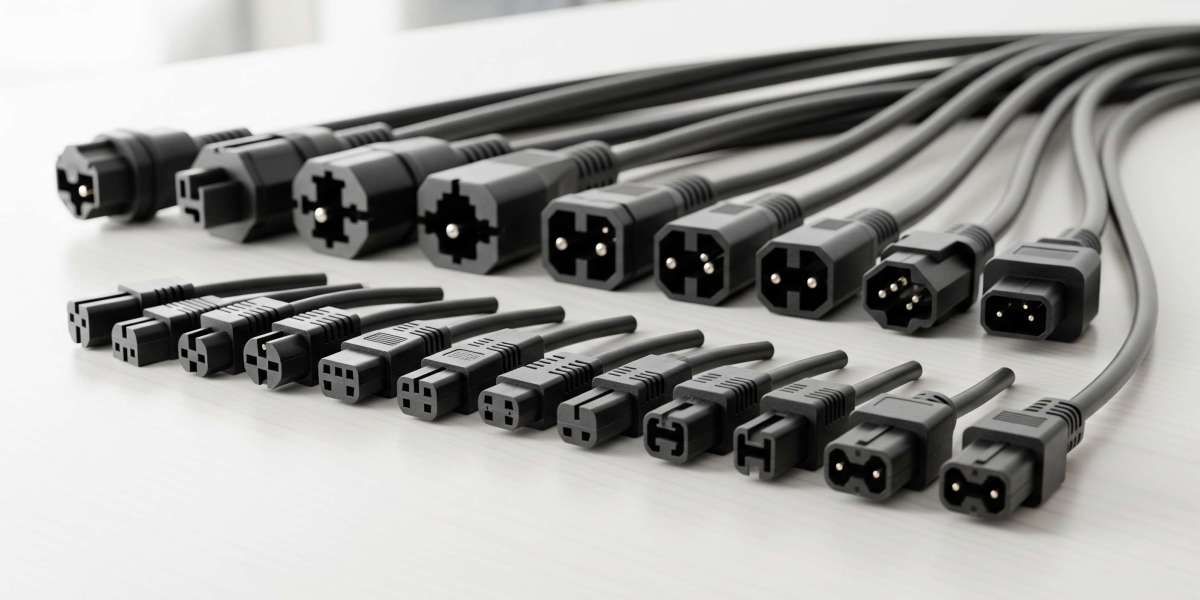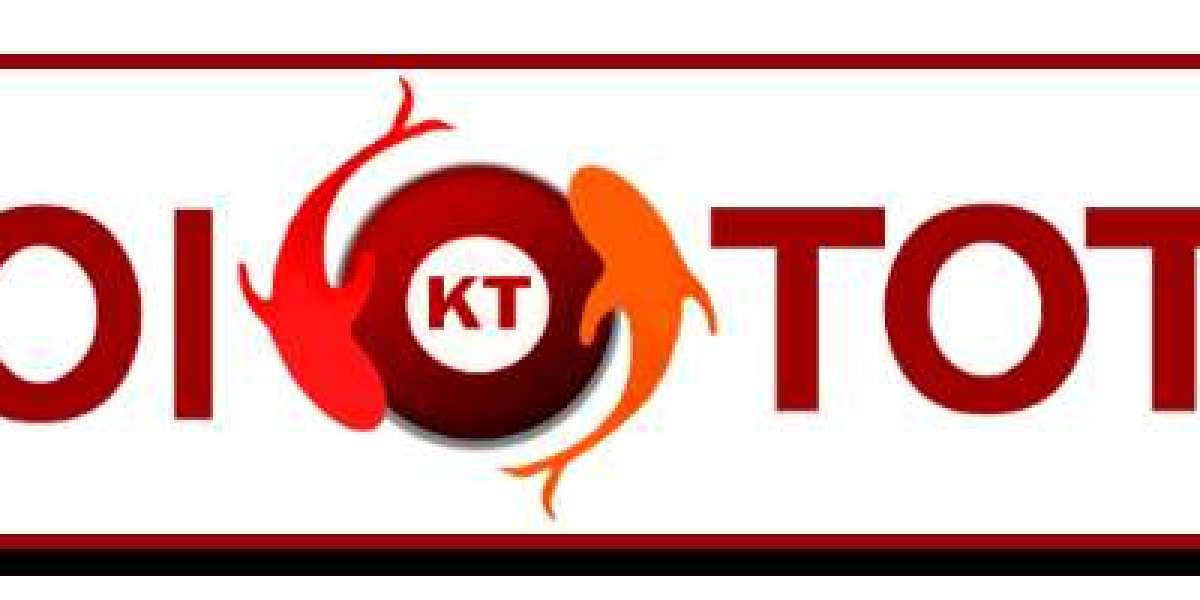Power cables are everywhere—they keep your computers, monitors, printers, and other electronics running smoothly. But with so many types out there, how can you tell which power cable is the right one for your device? In this guide, we’ll break it down in simple words, so anyone can pick the perfect power cable, including the popular IEC power cords that many devices use.
Why Picking the Right Power Cable Matters
Choosing the wrong power cable can cause problems. It might:
Not fit your device.
Carry too little or too much power.
Overheat or damage your device.
Cause safety hazards like electric shocks or fires.
So, knowing what power cable you need keeps you and your devices safe and working properly.
What Is a Power Cable?
A power cable is a wire that carries electricity from the wall outlet to your device. It usually has connectors on each end: one plugs into the power source and the other into your device.
Power cables come in different shapes, sizes, and ratings depending on:
Your device’s power needs.
The country’s electrical system.
Safety and durability requirements.
The Exact Answer: How Do You Know What Power Cable You Need?
To know what power cable you need, check your device's power inlet type and its voltage and current requirements, then choose a power cable (such as an IEC power cord) with matching connectors and ratings.
In simple terms, look at your device’s power socket (what shape and size is it?), check the device’s power label for voltage and amps, and select a cable that fits and can safely carry that power.
Step 1: Identify Your Device’s Power Connector
Most electronic devices have a specific inlet for power cables. Common types include:
IEC connectors: Often labeled C13, C14, C5, or C7. These rectangular or cloverleaf connectors are found on computers, monitors, and printers.
NEMA plugs: Standard North American wall plugs (different from device inlets).
Other unique connectors: Some devices, like laptops, use special connectors or USB-C for power.
Look at the socket on your device carefully and note the shape or connector code printed nearby.
Step 2: Check Voltage and Current Requirements
Your device will have a label near the power inlet or on its power supply showing:
Voltage (V): The electricity pressure, typically 100-240 volts for most electronics.
Current (A): How much electricity it draws, shown in amps or milliamps (mA).
Your power cable must be rated for at least that voltage and current to be safe.
Step 3: Match Cable Rating and Connector Type
Once you know the connector type and power needs, pick a power cable with:
Matching connector shape (for example, IEC C13 fits into C14 type inlet).
Voltage rating equal or higher than your device (usually 250V for IEC cables).
Current rating equal or higher than your device’s requirement (typical IEC cables are rated 10A or 16A).
Selecting cables with higher ratings than needed is generally safer and more durable.
Step 4: Consider Cable Length and Usage Environment
Choose a cable length that allows your device to reach the outlet safely without stretching.
Consider flexible cables if you move devices often.
For harsh environments, look for cables with protective armor or heat resistance.
Step 5: Look for Safety Certifications
It’s important to buy cables certified by trusted organizations:
UL (Underwriters Laboratories)
IEC (International Electrotechnical Commission)
CE mark for Europe
These certifications mean the cable meets safety and performance standards.
What Are IEC Power Cords and Why Are They Common?
IEC power cords are standardized cables used globally to power devices like computers and monitors safely.
They come with connectors like C13 (female), C14 (male), and others.
Rated typically for 10-16 amps and up to 250 volts.
Designed to fit device inlets and power supplies securely.
Easy to replace since they are standardized worldwide.
If your device has an IEC inlet, getting an IEC cable rated for your device’s power needs is the way to go.
Quick Tips to Help You Choose the Right Power Cable
Identify the plug/inlet shape: Check your device and outlet.
Match voltage and current: Don’t guess—use device labels.
Pick a slightly higher current rating: For safety and durability.
Get the right length: Too long or short can be problematic.
Check for certifications: Avoid cheap, untested cables.
Don’t force it: If the plug doesn’t fit, it’s the wrong cable.
Common Mistakes to Avoid
Using an underrated cable that can overheat.
Selecting the wrong connector causing poor fit.
Buying too cheap—quality matters for safety.
Ignoring the environment—wet or hot places need special cables.
How to Find Your Device’s Power Cable Info
Look on the:
Device label near the power socket.
Device manual or online specifications.
Existing cable’s markings (e.g., "IEC 320 C13 10A 250V").
Manufacturer’s website or support.
This info tells you exactly what cable to buy.
When in Doubt, Ask for Help
If you’re unsure, consult:
The device manual or support.
A trusted electronics or hardware store.
Online help forums or tech experts.
Buying the wrong cable can cause trouble, so getting help is smart.
Caring for Your Power Cable
Handle gently; don’t pull on the cable.
Keep away from heat or water.
Store neatly without sharp bends.
Replace if damaged.
Well cared power cords last longer and keep devices safer.
Final Thoughts
Knowing how to choose the right power cable is simple once you:
Know your device’s inlet type.
Check power requirements.
Match the cable connector and rating.
Consider length and safety certifications.
If your device uses IEC power cords, buying a certified IEC cable with the right connector (like C13 or C5) and proper current/voltage rating will keep your electronics safe and powered efficiently.
Next time you need a power cable, just follow these easy steps, and you’ll pick the perfect one without worry.
Power cords may seem like simple wires, but choosing wisely makes all the difference for safe, reliable device use.
Sources: https://skytechgeek.com/2025/07/iec-power-cable-types/
https://www.promoteproject.com/article/197822/what-is-a-c13-to-c14-power-cord



